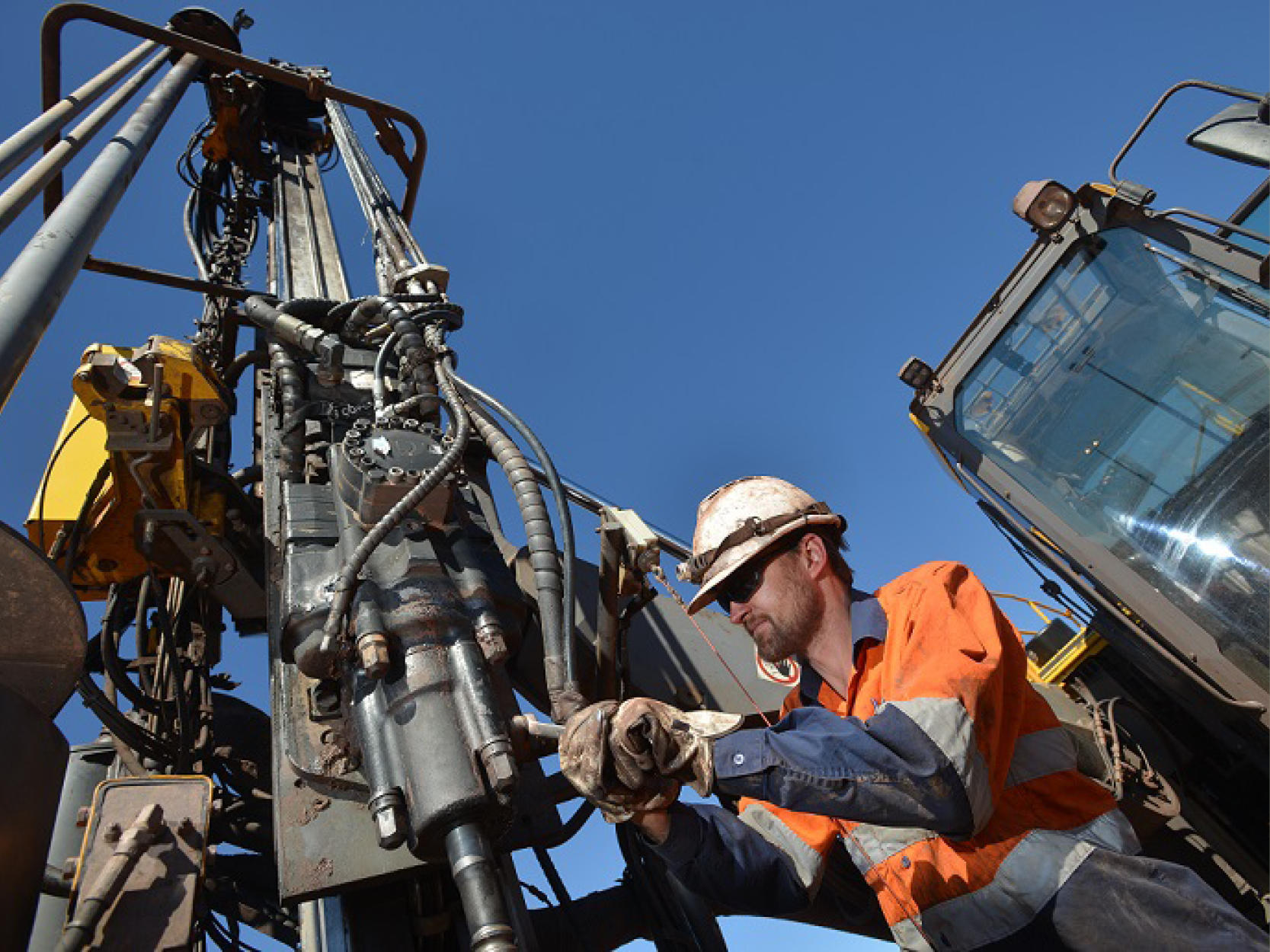Consolidated Minerals has unveiled plans for the continued operations at its Woodie Woodie manganese mine.
Details were outlined at Port Hedland Industries Council’s Community Industry Forum last month.
The Woodie Woodie manganese mine is 380km south-east of Port Hedland.
Manganese ore has been mined at Woodie since the early 1950s and was the first bulk commodity exported from Port Hedland – 14 years before iron ore.
ConsMin uses the Utah Point Bulk Handling Facility and was the foundation customer of the facility that was built to service junior miners.
The ore is trucked by road trains from Woodie Woodie to Port Hedland.
Kaylee Prince, ConsMin Environment Principal, said the continued operations plan was subject to Federal and State approvals.
At the same time, ConsMin had developed an updated mine closure plan.
Under the two proposals, mining operations will cease in 2031, but rehabilitation and mine closure activities will continue until 2042.
Under the continued operation plan, the current Clearing Permit Boundary area will increase from 7,589ha to create a Development Envelope of 12,708ha that added to existing operations.
The existing mine boundaries, which fall partly within the Warrawagine and Wandanya Pastoral Stations or otherwise on unallocated Crown land, will be extended to the north, south, and west.
Ms Prince said total production volumes and haulage and shipping rates would not increase.
The continued operations will require construction of various infrastructure to support mining activities, including roads and tracks, administration facilities including an accommodation village, communications infrastructure, processing plant, workshops and associated infrastructure.
Ms Prince said ConsMin would continue to implement exclusion zones surrounding known Aboriginal Heritage Sites for protection from ground disturbing activities.
Extensive environmental studies had been conducted over the past two years as part of the continued operation plan that have focused on five key factors: Terrestrial and Subterranean Fauna; Flora and Vegetation; Inland Waters, and Social Surrounds.
“As part of these impacts we want to make sure we are talking to any of our stakeholders who may have an interest in these areas,” Ms Prince said.
Flora studies had found no threatened species within the mine area but have identified Priority Flora species.
Studies on terrestrial fauna confirmed that the Northern Quoll (listed as endangered) and Pilbara Olive Python (listed as vulnerable), existed within the area.
Surveys indicated both species were living within the existing operating mine site.
Studies to determine the impact on subterranean animals were continuing. Management plans would be developed if conservation significant species were found.
Water used at the mine comes from groundwater sources under licence from the Department of Water and Environmental Regulation that allows for potable water use and in mining activities.
Excess water is discharged into natural creek lines, which flow on to the Oakover River (including to Carawine Gorge).
Mine closure will potentially reduce water levels at Carawine Gorge when inflows return to natural levels.
At closure, Woodie Woodie will consist of open voids, backfilled voids and rehabilitated waste rock dumps.
Ms Prince said ConsMin was committed to ensuring these features were safe, stable and non-polluting. Monitoring would occur throughout closure activities.
“We intend to return Woodie to a pastoral landscape so that Warrawagine and Wandanya activities continue, but we are interested to hear if any stakeholders want anything different, including what happens to the airstrips and various water bores,” Ms Prince said.


